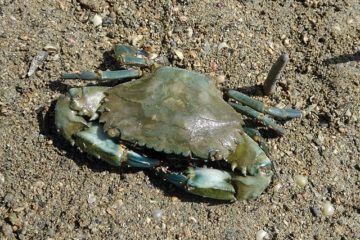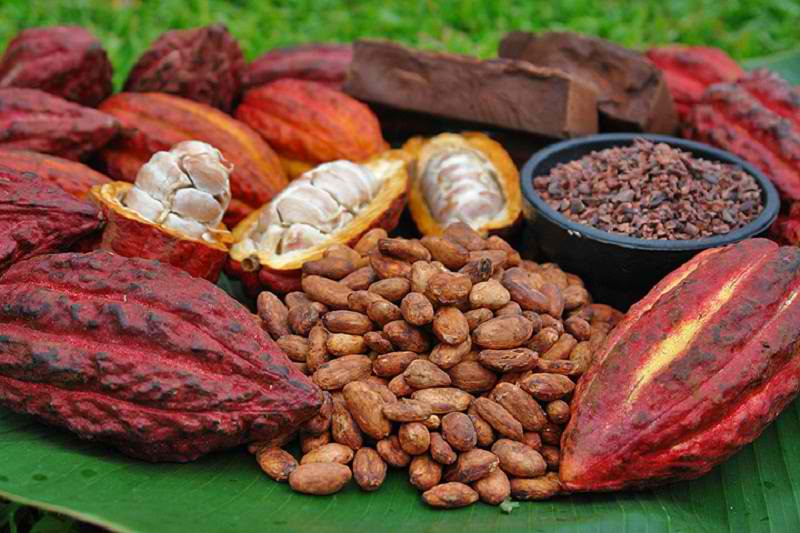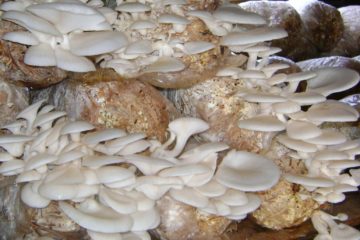THE ACCEPTABILITY OF THE BITTER GOURD FLAVORED ICE CREAM THROUGH DIFFERENT PREPARATIONS OF THE BITTER GOURD LEAVES
Andrea G. Chico
Abstract
The study was conducted to determine the acceptability of the bitter gourd leaves in the preparation of ice cream. Using different treatments of 50 grams bitter gourd leaves such as fresh, dried, and blanched were used as the flavoring of the ice cream.
Products were evaluated by 25 trained panelists, in terms of flavor such as (overall-dairy, dairy fat, dairy cooked, eggy, sweet and salty), texture such as (firmness, density, viscosity, fat feel, mouth coating, iciness, and blendedness) and in terms of general acceptability. The data gathered were statistically computed using Analysis of Variance (ANOVA) and Duncan’s Multiple Range Test (DMRT).
The physic-chemical analysis of the products were analyzed in terms of moisture content determination, melting heat resistance, total soluble solids (TSS) and pH level.
Based on the Sensory evaluation, all of the four treatments have significant differences in terms of flavor, texture and general acceptability.
In nutrient analysis, Potassium and Phosphorus were analyzed in the product. Treatment A has the highest amount of potassium and the lowest amount was Treatment D. Phosphorus has the highest amount in the Treatment B while the Treatment D has the lowest.


